I have been working on one Java software project, which will be deployed to various hardware devices (e.g., raspberry pi, android phone).
Before releasing this project as product, I would like to guide users by clearly stating the minimum requirements (in terms of memory and CPU) or hardware device the user must have in order to run our software product.
How can I measure them? What are tools available for Java?
